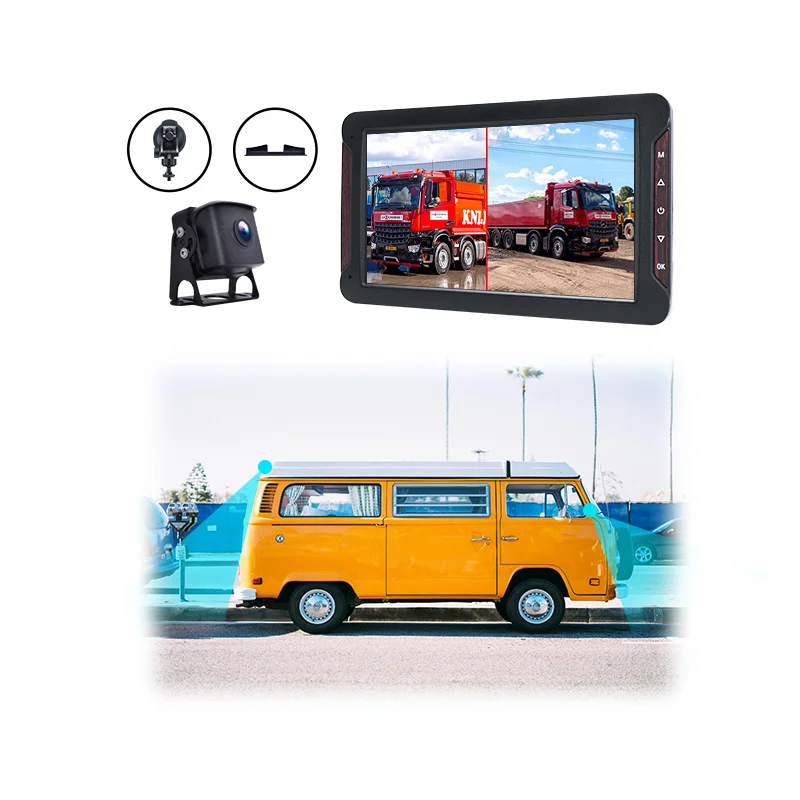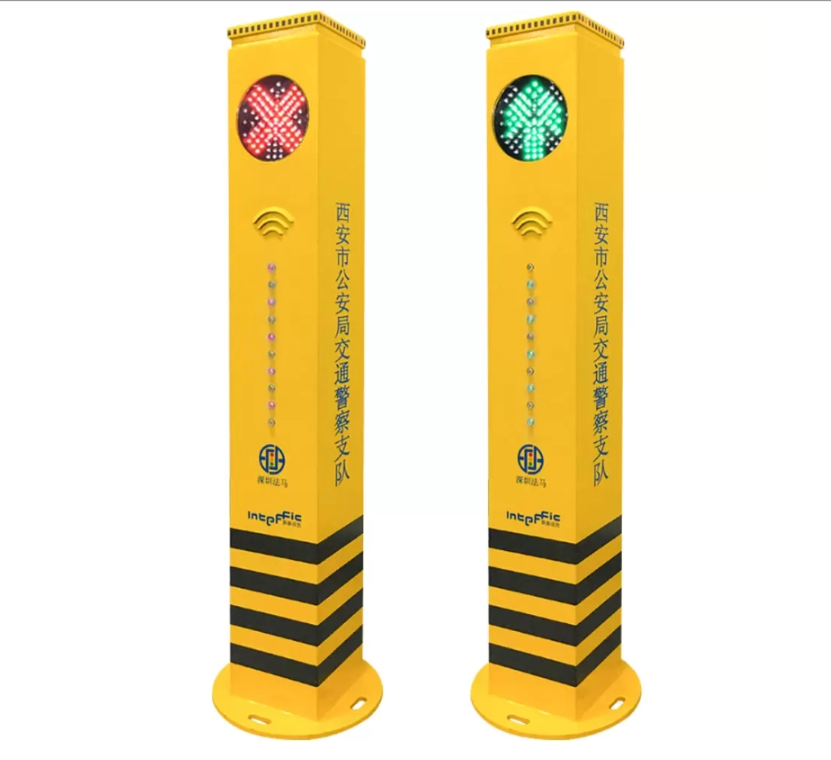In the ever-evolving landscape of transportation, commercial vehicles play a pivotal role in facilitating trade, logistics, and service delivery across various industries. As businesses strive for efficiency, reliability, and cost-effectiveness, the demand for specific types of commercial vehicles has surged. This article delves into the most popular commercial vehicles currently dominating the market, examining their features, applications, and the factors driving their popularity.
Understanding Commercial Vehicles
Commercial vehicles are designed primarily for transporting goods or passengers for business purposes. They encompass a wide range of vehicles, including vans, trucks, buses, and specialized vehicles. The classification of commercial vehicles can be broadly segmented into light-duty, medium-duty, and heavy-duty categories, each serving distinct functions and industries.
The Rise of Light-Duty Commercial Vehicles
Among the various categories, light-duty commercial vehicles, particularly cargo vans and pickup trucks, have gained immense popularity. Vehicles like the Ford Transit, Mercedes-Benz Sprinter, and Ram ProMaster have become staples for businesses ranging from e-commerce to construction.
Key Features:
- Versatility: These vehicles can be easily adapted for various uses, such as delivery, mobile workshops, or service vehicles.
- Fuel Efficiency: With advancements in engine technology, many light-duty vehicles offer better fuel economy, reducing operational costs.
- Cargo Space: The spacious interiors allow for the transportation of goods while maintaining comfort for the driver and passengers.
Medium-Duty Trucks: The Workhorses of Industry
Medium-duty trucks, such as the Freightliner M2 and Isuzu NPR, are essential for businesses that require a balance between payload capacity and maneuverability. These vehicles are commonly used in urban deliveries, construction, and utility services.
Key Features:
- Payload Capacity: Medium-duty trucks typically have a gross vehicle weight rating (GVWR) between 10,001 and 26,000 pounds, making them ideal for heavier loads.
- Durability: Built to withstand rigorous use, these trucks often feature robust frames and powerful engines.
- Customization Options: Many manufacturers offer customizable configurations, allowing businesses to tailor the vehicle to their specific needs.
Heavy-Duty Trucks: The Titans of Transportation
Heavy-duty trucks, such as the Freightliner Cascadia and Kenworth W990, are indispensable for long-haul transportation and logistics. These vehicles are designed for maximum payload capacity and are often seen on highways transporting goods across vast distances.
Key Features:
- High Towing Capacity: Heavy-duty trucks can tow trailers with significant weight, making them essential for freight companies.
- Advanced Technology: Many modern heavy-duty trucks come equipped with advanced telematics and safety features, enhancing operational efficiency and driver safety.
- Fuel Efficiency Innovations: With the introduction of aerodynamic designs and fuel-efficient engines, heavy-duty trucks are becoming more environmentally friendly.
The Impact of Electric Commercial Vehicles
As sustainability becomes a priority for businesses, electric commercial vehicles are gaining traction. Models like the Tesla Semi and the Ford E-Transit are leading the charge in this segment.
Key Features:
- Lower Operating Costs: Electric vehicles (EVs) typically have lower fuel and maintenance costs compared to their diesel counterparts.
- Environmental Benefits: EVs produce zero tailpipe emissions, aligning with corporate sustainability goals.
- Government Incentives: Many regions offer tax incentives and rebates for businesses that invest in electric commercial vehicles, further driving their adoption.
Factors Influencing Popularity
Several factors contribute to the popularity of specific commercial vehicles:
- Economic Trends: The growth of e-commerce and last-mile delivery services has increased the demand for versatile light-duty vehicles.
- Technological Advancements: Innovations in vehicle design, safety features, and fuel efficiency continue to shape consumer preferences.
- Regulatory Changes: Stricter emissions regulations are pushing businesses to consider electric and hybrid options.
- Consumer Preferences: Businesses are increasingly prioritizing vehicles that offer reliability, comfort, and cost-effectiveness.
Conclusion
The commercial vehicle market is dynamic and influenced by various factors, including economic trends, technological advancements, and regulatory changes. As businesses continue to adapt to the demands of modern commerce, the popularity of specific vehicles will evolve. Currently, light-duty vans and trucks dominate the landscape, but the rise of electric vehicles signals a shift towards more sustainable options. Understanding these trends is crucial for businesses looking to optimize their transportation strategies and stay competitive in an ever-changing market.





